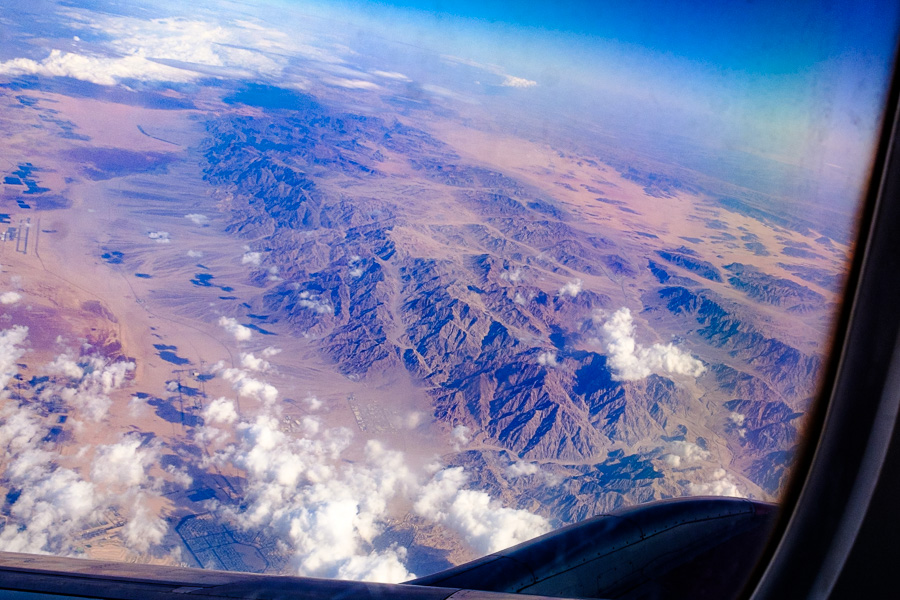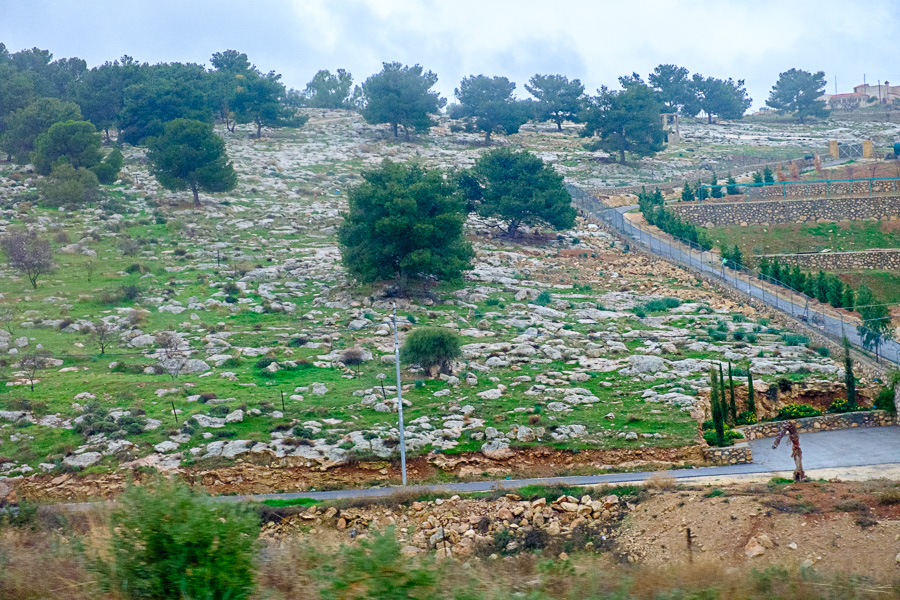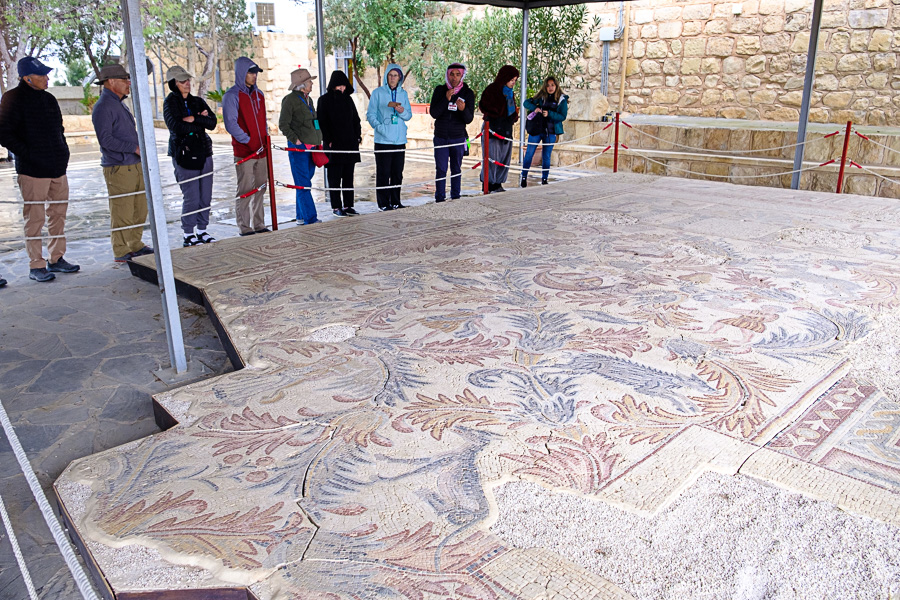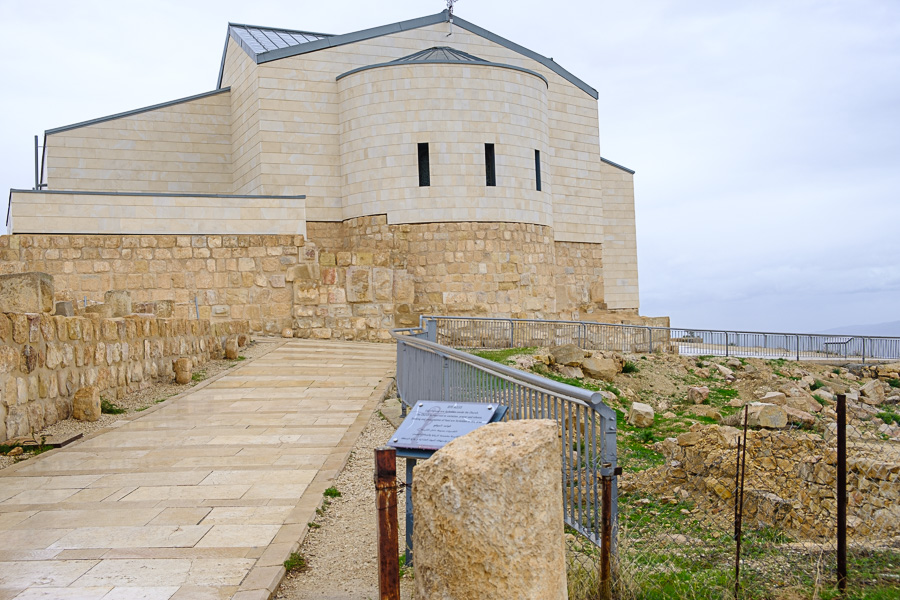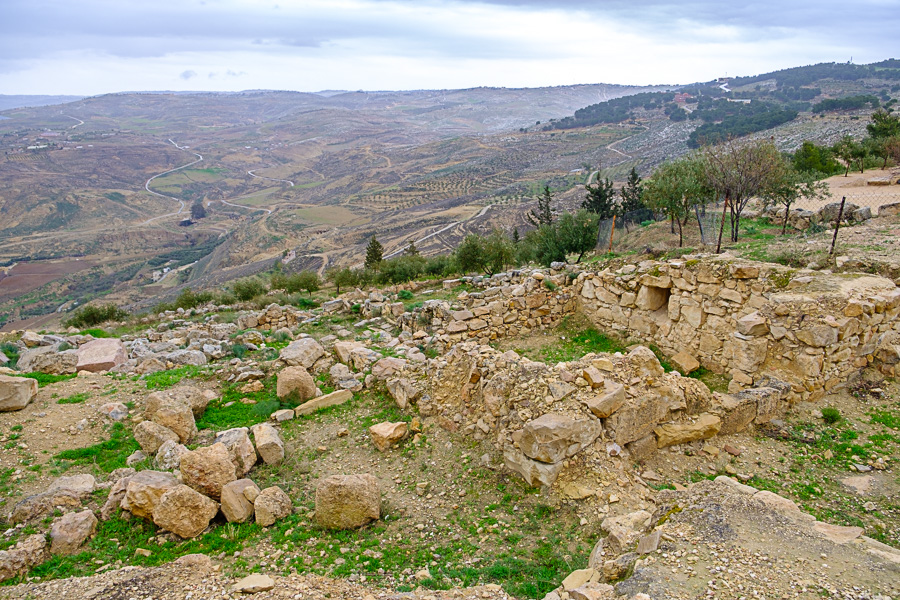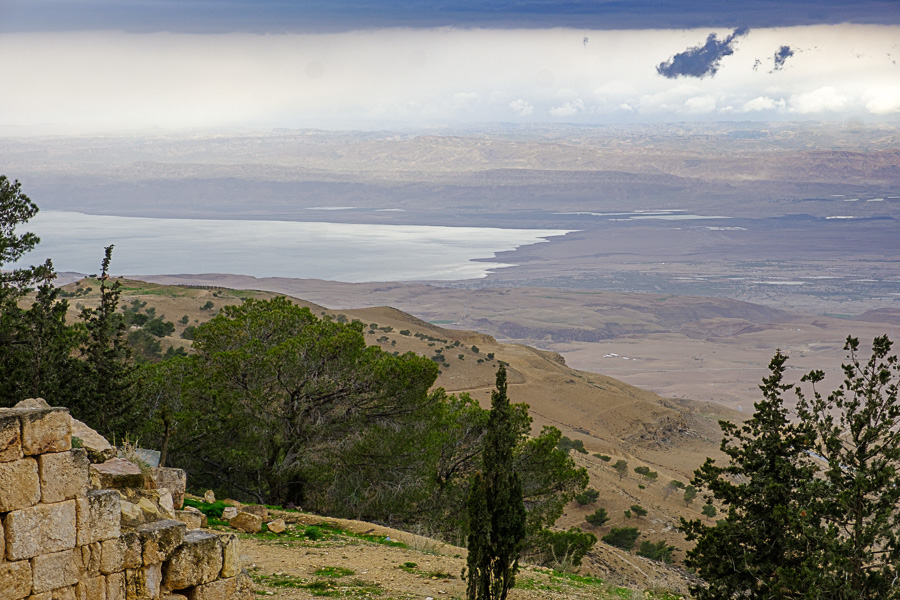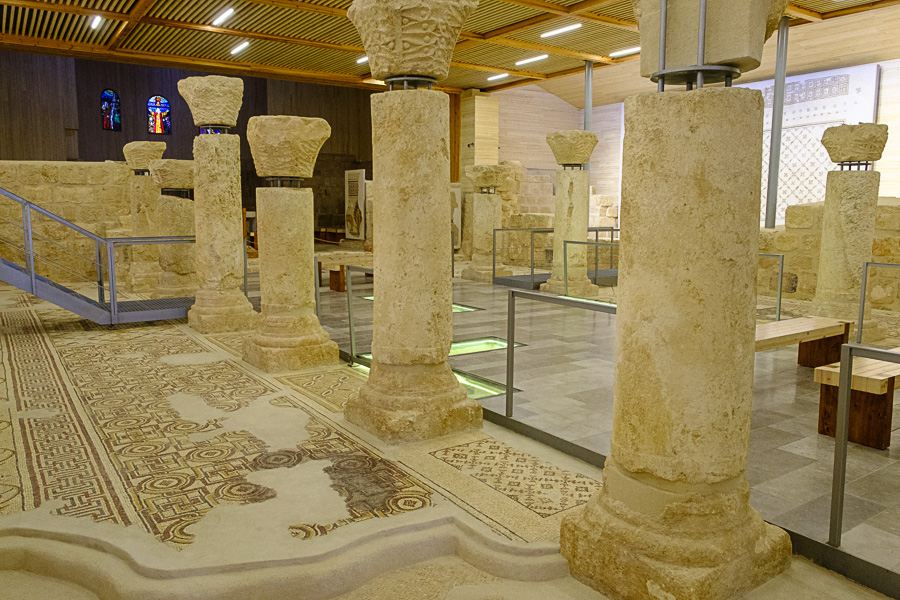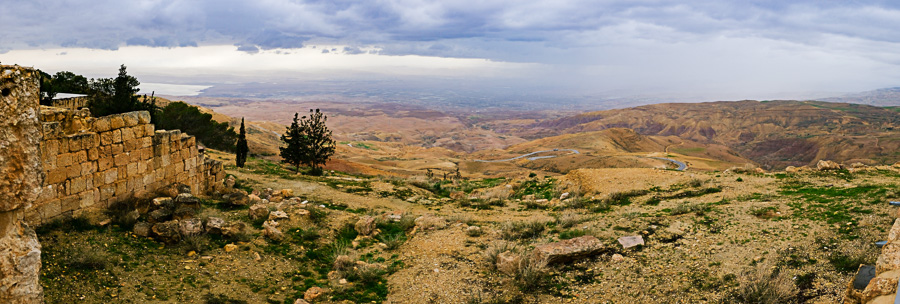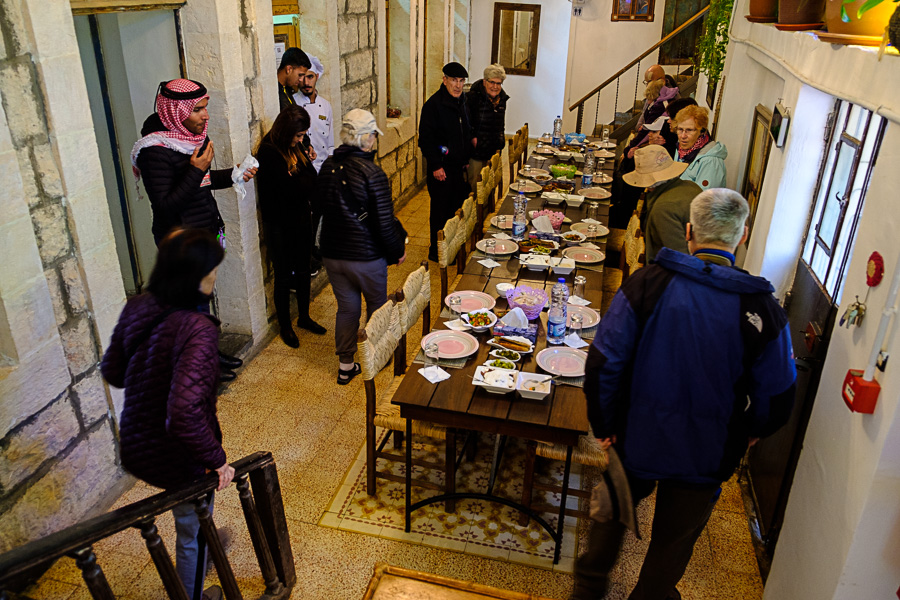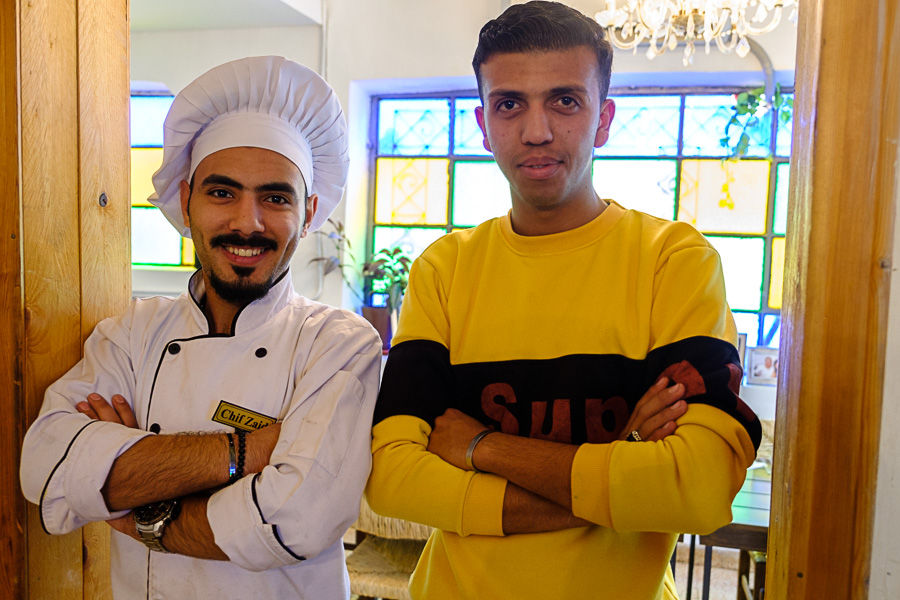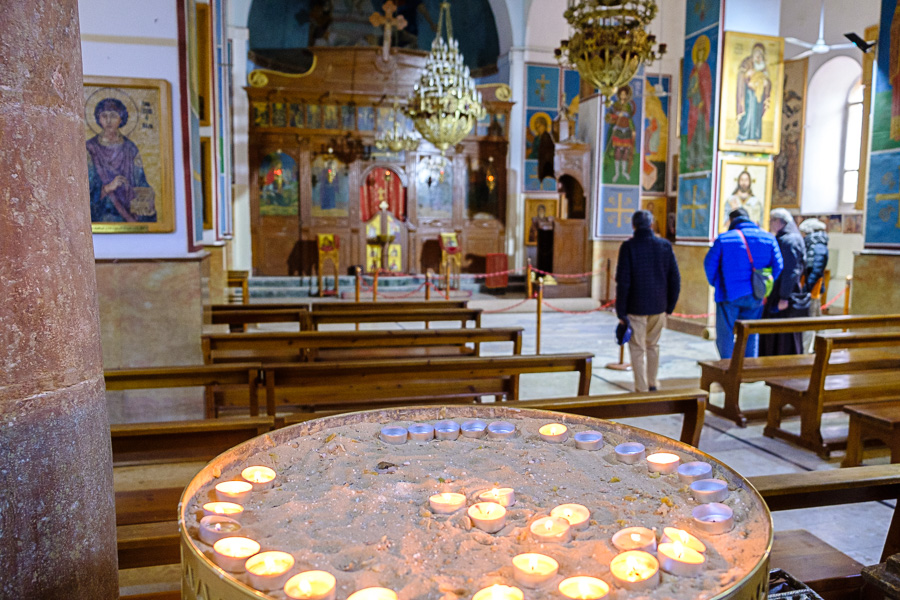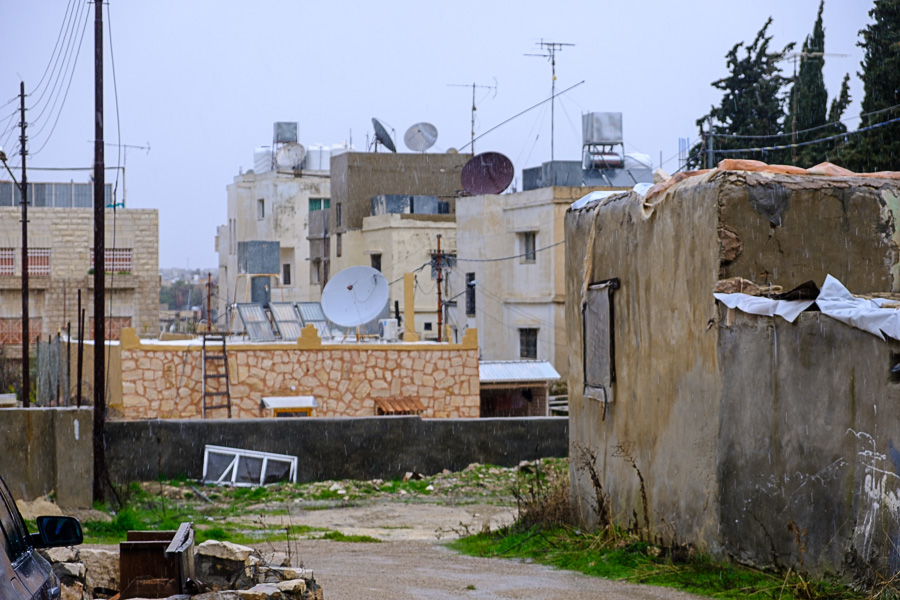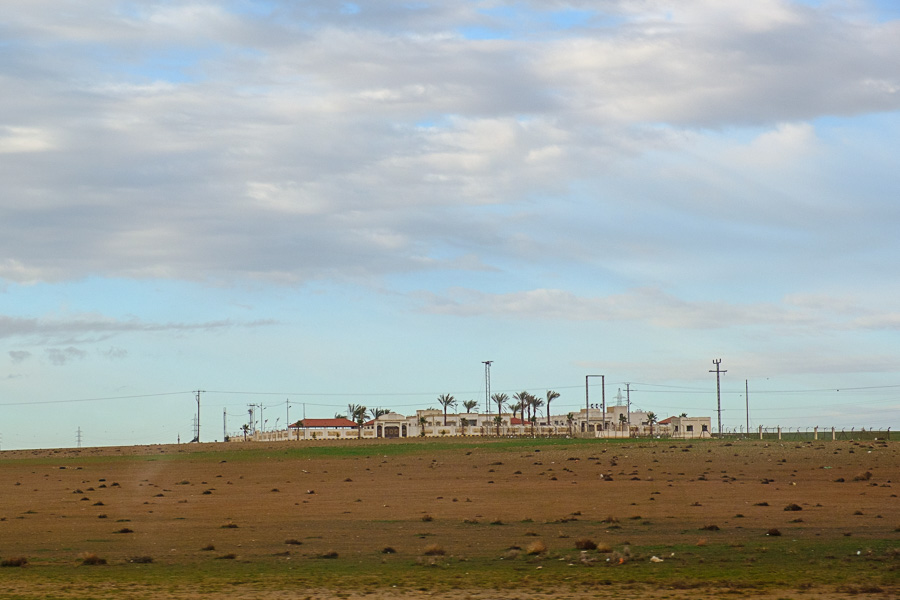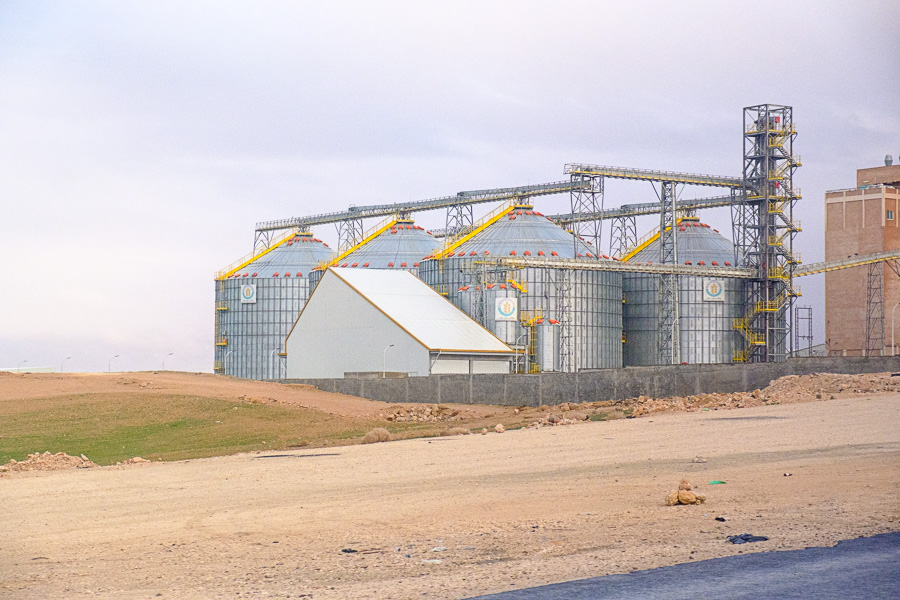The Death of Moses
34 Then Moses climbed Mount Nebo from the plains of Moab to the top of Pisgah, across from Jericho. There the Lord showed him the whole land—from Gilead to Dan, 2 all of Naphtali, the territory of Ephraim and Manasseh, all the land of Judah as far as the Mediterranean Sea, 3 the Negev and the whole region from the Valley of Jericho, the City of Palms, as far as Zoar. 4 Then the Lord said to him, “This is the land I promised on oath to Abraham, Isaac and Jacob when I said, ‘I will give it to your descendants.’ I have let you see it with your eyes, but you will not cross over into it.”
5 And Moses the servant of the Lord died there in Moab, as the Lord had said. 6 He buried him[a] in Moab, in the valley opposite Beth Peor, but to this day no one knows where his grave is. 7 Moses was a hundred and twenty years old when he died, yet his eyes were not weak nor his strength gone.
https://www.biblegateway.com/passage/?search=Deuteronomy+34&version=NIV
When we signed up to see Petra, an ancient city in Jordan, I didn’t realize we’d be standing on the very spot described in Deuteronomy 34. From that spot we could see (with a little imagination to overcome the mist and haze) not only the Promised Land but also:
- The Dead Sea, clearly visible in the pictures
- The Jordan River, kinda seeable in the pictures
- Al-Maghtas, the site where Jesus was reportedly baptized by John the Baptist; murky at best
- Jericho, as in the Battle Of (“Walls came a tumbling down . . . “)
Osama, our new guide (and no relation, he’s quick to note, to the other Osama) points out that the promised land shown by the Lord to Moses can’t technically be seen by mere mortal eyes. There are mountains and unrealistic distances involved. But the Lord moves in mysterious ways.
On the other side of Mount Nebo we saw the valley where Moses struck the rock with his staff, bringing forth water for his wandering tribe.
Numbers 20:
7 The Lord said to Moses, 8 “Take the staff, and you and your brother Aaron gather the assembly together. Speak to that rock before their eyes and it will pour out its water.. . .
11 Then Moses raised his arm and struck the rock twice with his staff. Watergushed out, and the community and their livestock drank.
12 But the Lord said to Moses and Aaron, “Because you did not trust in me enough to honor me as holy in the sight of the Israelites, you will not bring this community into the land I give them.”
The tribe was giving Moses and Aaron a hard time about the 40 years of suffering in the desert he’d brought down on them so I can see why Moses might have struck the rock to make it look like he, Moses, caused the water to flow rather than the Lord. The Lord wasn’t amused. Moses’s punishment was to see the promised land but not to enter it.
https://www.biblegateway.com/passage/?search=Numbers+20&version=NIV
Moses’ Spring is down there in the valley; there’s a marker at the spot. It’s one of several springs of that name in Jordan; Egypt has at least 10. So take your pick.
Moses’ burial spot isn’t known, and according to Numbers, won’t ever be known. But it must be somewhere near Mt Nebo, right where we were standing this morning.
The Fransiscan Order purchased the and at the summit of Mt. Nebo in 1932 and built a chapel there on the spot where previous shrines had stood. It’s a decidedly Christian church even though members of the Jewish and Islamic religions share Moses’ story.
We had a very nice lunch in nearby Madaba at a restaurant run by a lady and her friends. The restaurant has recently been expanded using money from the USAID organization. They served a traditional Jordanian meal including a half dozen appetizer’s and a chicken and rice upside down dish that I intend to make as soon as we get home.
Madaba has St. Georges church that has a mosaic floor piece that depicts the holy lands. Mosaic decorations were a big deal especially in the Byzantine era.
Madaba’s weather put us in mind not of Moses but of Noah. It rained so hard we were soaked. The temperature was in the 40s. And we’re the sissy bunch that complained in Cairo when it barely made it to 70.
The rest of the day was a three-plus hour ride through the Jordanian countryside to Petra. Half that time was after dark. One or two of us dozed off during the daylight portion, recovering from the 4:30 AM wakeup call.
Tomorrow we do Petra: three miles walking in, three miles walking out. The good news is that the snow tomorrow should be limited to the mountain peaks. It won’t hit Petra proper until day after tomorrow. A group couldn’t get in two weeks ago due to snow.
Me, oh me, oh myro, why did we leave Cairo?

